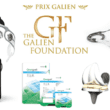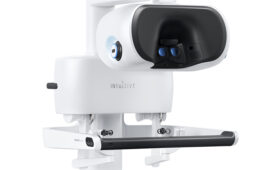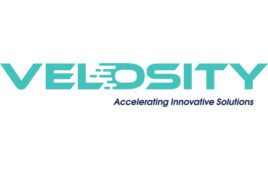Value-based care

NEC’s UNIVERGE 3C, a software-based platform. [Photo by NEC Corporation of America with Creative Commons license.]
“2018 will prove to be a landmark year for wearable technology as it continues to carve out its space within mainstream healthcare. Better analytics and more context around the patient will validate the capabilities of these solutions. Sleek design improvements and enhanced usability will make these innovations more integrated than ever before. With over 117 million diagnosed chronic disease patients in the U.S. since 2012, these individuals will be able to adopt these new technologies in their own homes with zero negative impact on their lifestyle.” —Rachel Mele, general manager of healthcare at Vennli
“This next year we will see considerable progress in the device industry waking up and actually doing more than just talk about the potential of adding ecosystems to support many aspects of their devices and the diseases/conditions they treat. The device side of healthcare has been slower to adopt than say Pharma. But a lot of device makers have now seen the pioneering companies in the device space make meaningful progress to adding genuine value over and above just the devices. Leaders in the field have surrounded their products with ecosystems to support diagnostics, adherence, recovery, supply chain etc, helping with the three legs of the “success” stool: better outcomes, lowering of overall costs (not necessarily of just the device or direct procedure cost), and importantly to help justify investment in ecosystems, also improving customer loyalty and hence uptake of their offerings.” —Bill Evans, SVP innovation, Ximedica San Francisco








In the year 2018, device industry must cohesively work more with Pharma companies to add value to the life of the patients. The disease and the disease patterns are changing & so the long term outcomes. Doctors / practitioners/ Companies & regulatory authorities must look at the side effects of post implantation of a device and prescribe medications so that long term outcomes of the patients are better with low side effects. Not all patients globally have an insurance Cover. Adipose tissue derived autologous Stem Cells treatment must get speedy approvals from regulatory authorities.